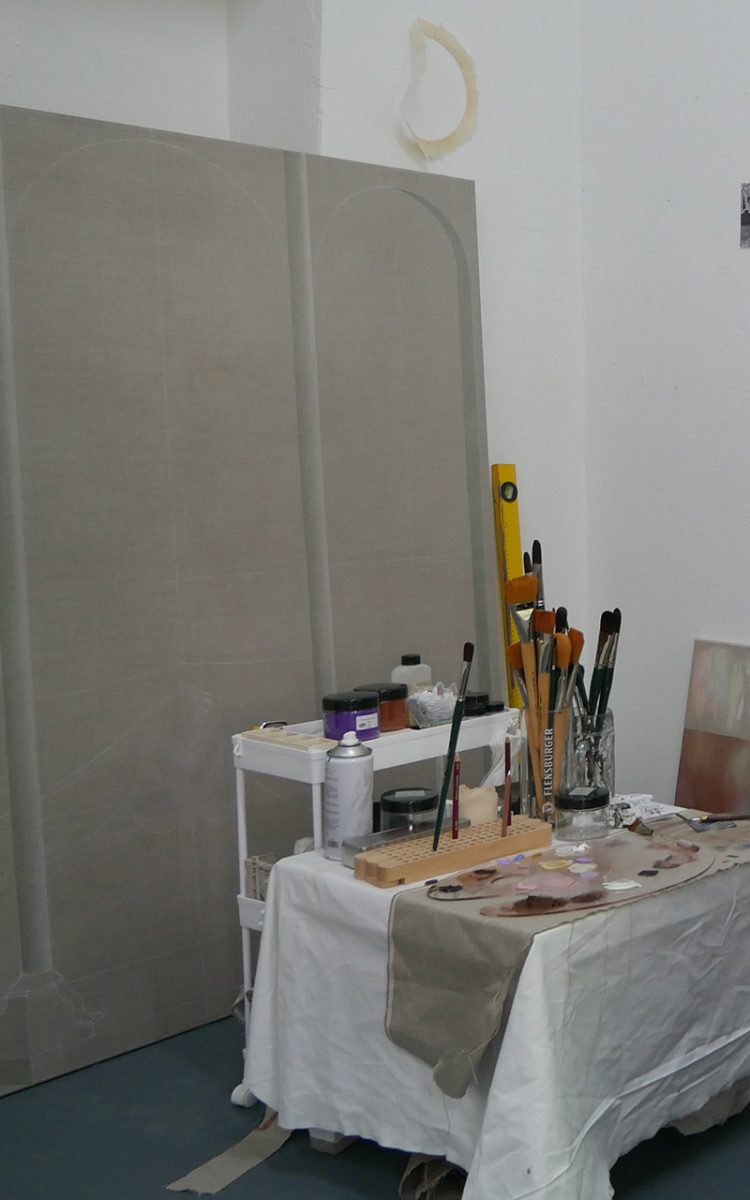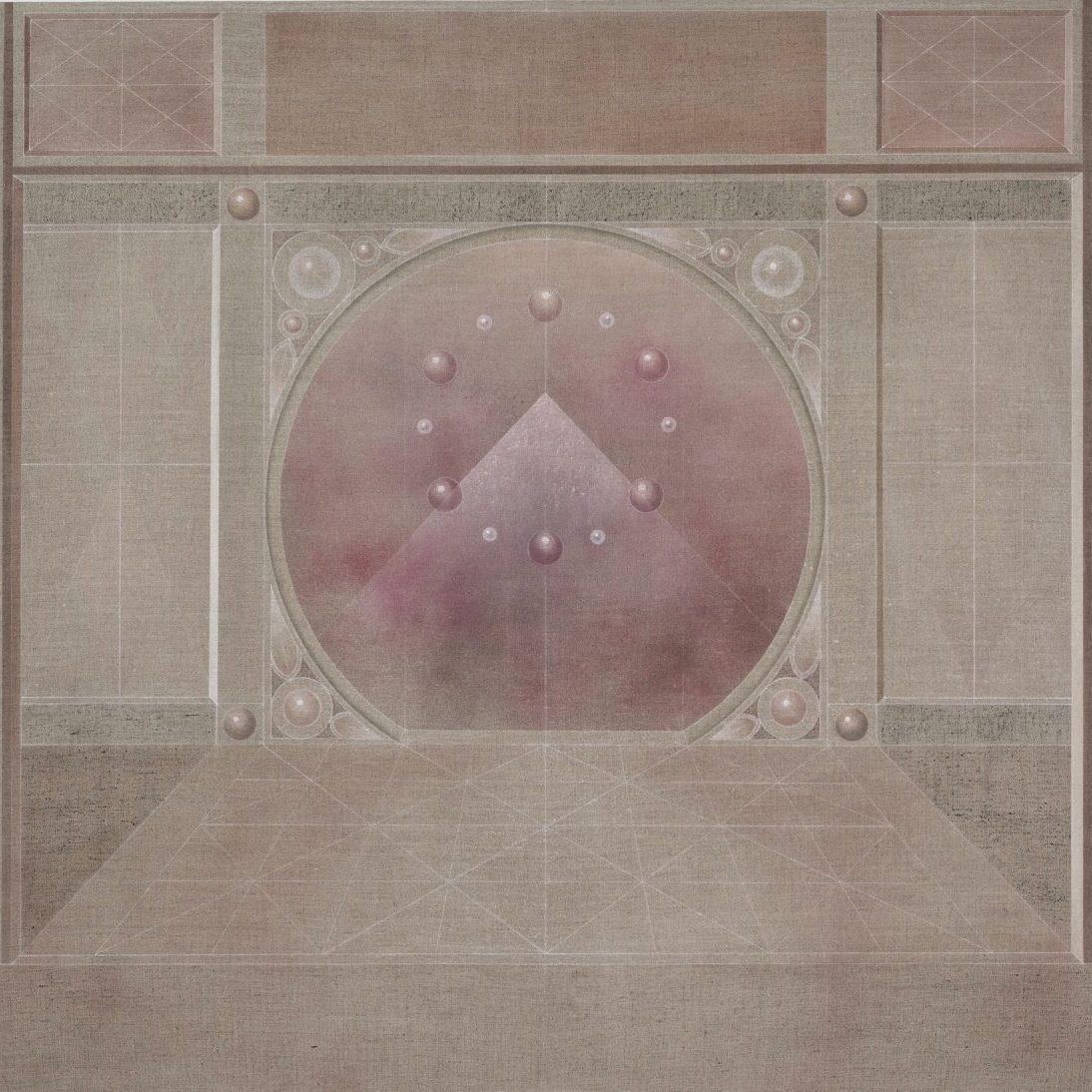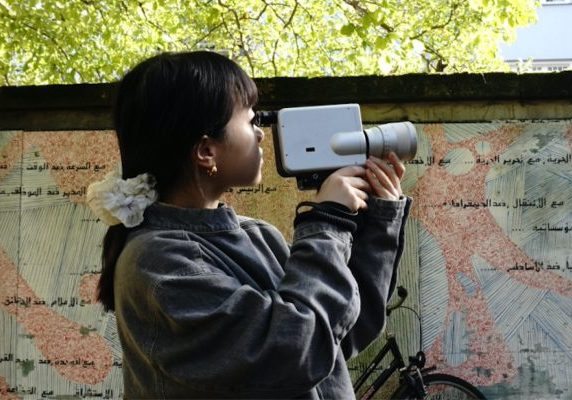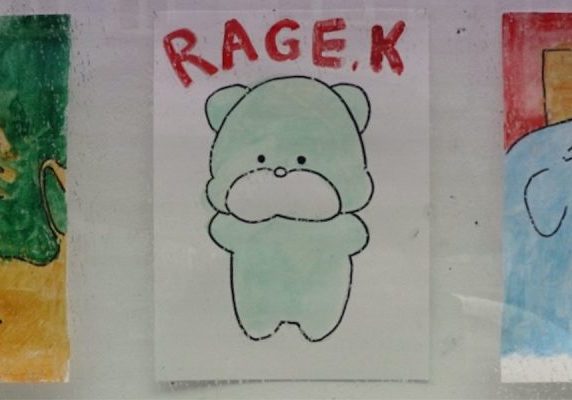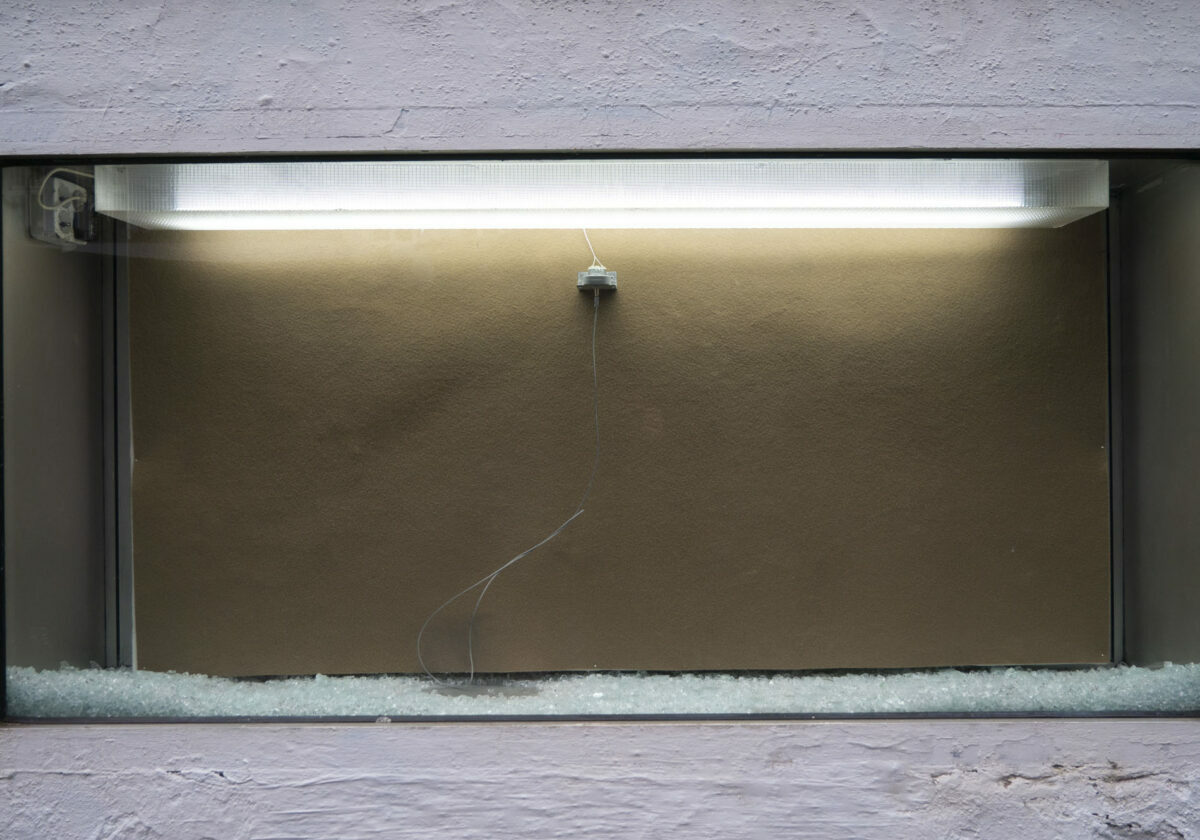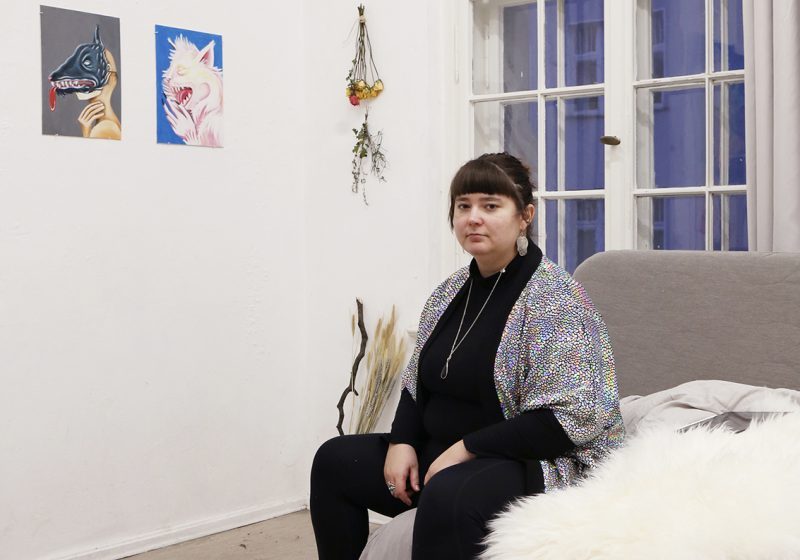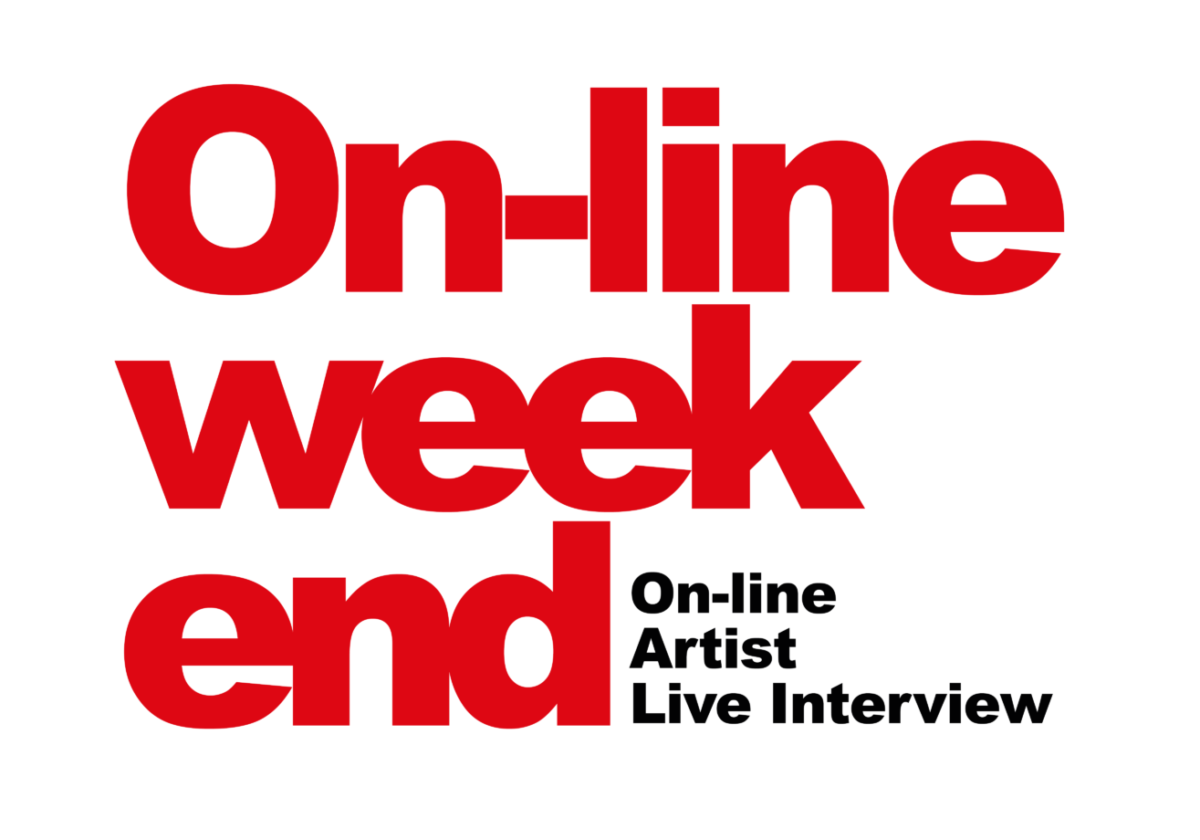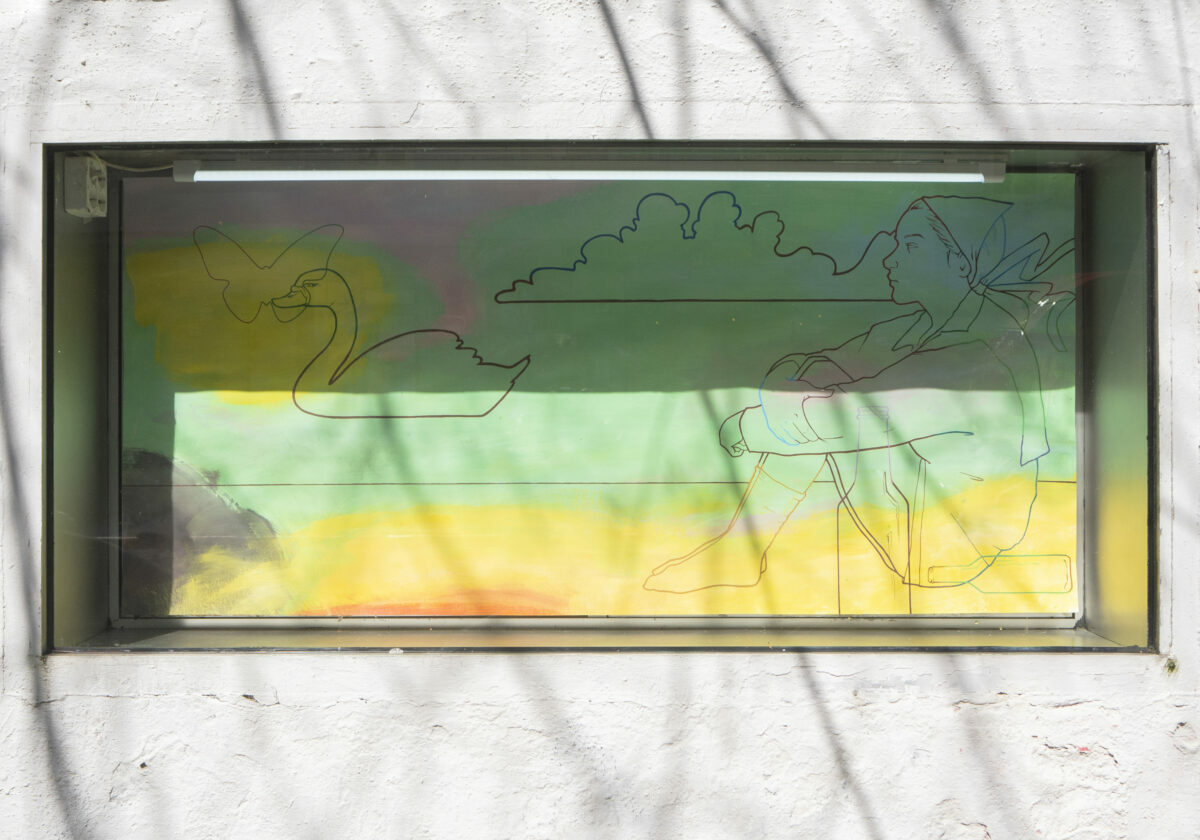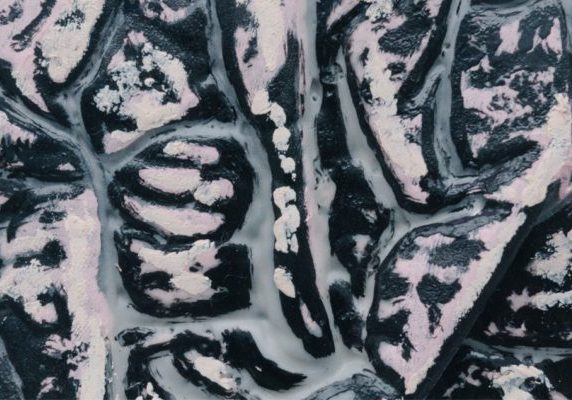Meet the Artist // Suyi Xu
In Suyi Xu’s paintings, space and light converge in contemplation. By blending historical references with counterfactual narratives, she questions the idealism and authorship of art history.
Can you start by giving us a background about yourself? How did you start making art? And how would you describe your current artistic practice?
I came to painting late in college. I was studying art history and my art education was kind of like a mismatch of things. I was trained in the language of historical painting, but the mentor that I had for my painting was kind of a descendant of abstract expressionism. So, I see through every painting, even if they’re figurative, in the eyes of the formalist.
I think my fascination with light or my major frame of influences is rooted in the Dutch Golden Age, especially the transcendent brushstroke of Rembrandt, as well as the vernacular of mystical painters and the color-filled movement.
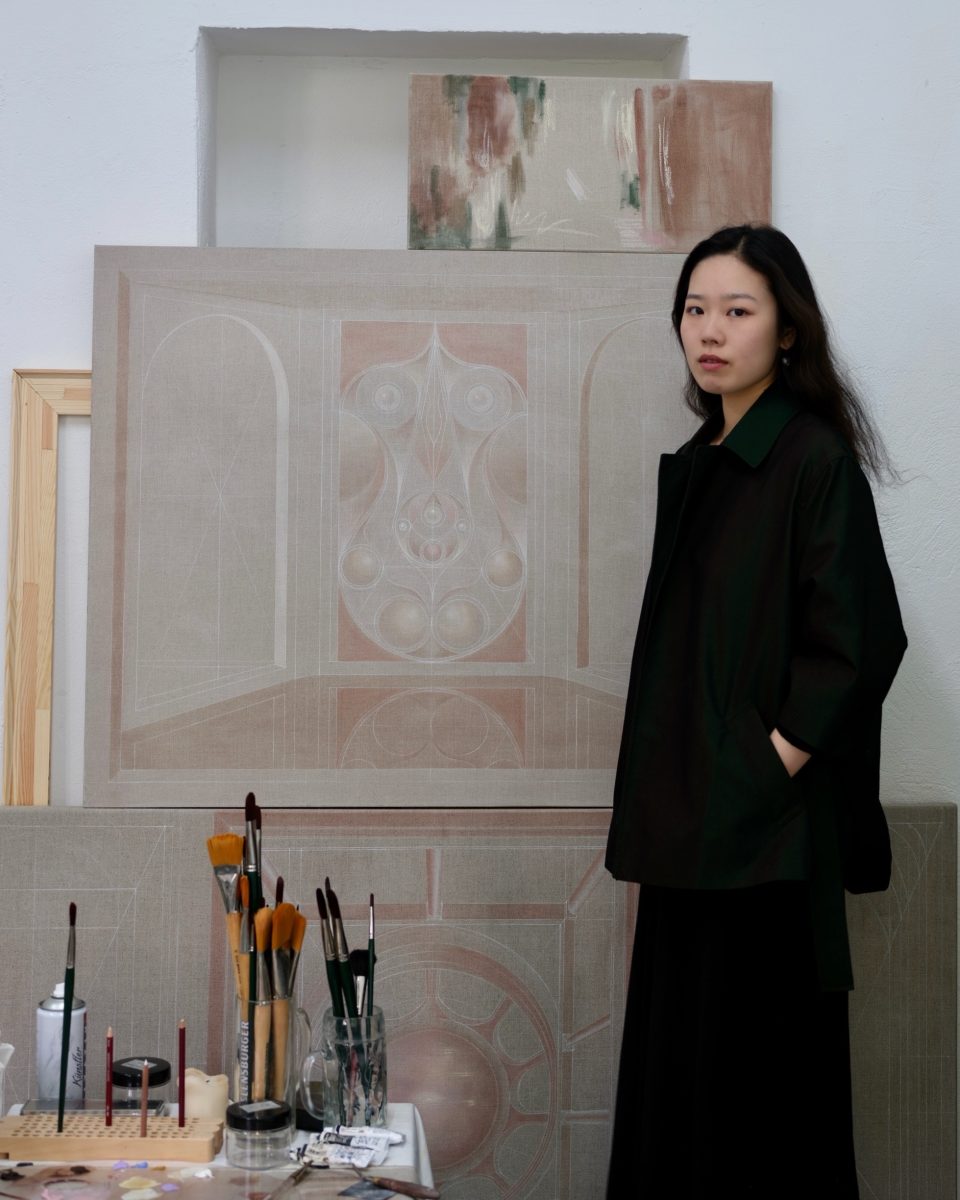
I can see from your artworks that your main inspirations are art history and museums. What can you tell us about sources of inspiration in general?
I was really fascinated with historical museums because I think of them as sites of culture. Usually they’re designed in a way that’s very similar to cathedrals and churches. I found that parallel very interesting because they’re both like places of worship where people go there to see art and hopefully get some sort of transcendent experience. So I’m very fascinated with how they indoctrinate people through their monumentality, through beauty.
Indeed, your paintings have this sort of holiness. I would say, they reflect a very spiritual environment. What about spirituality and this other dimension that emerges from your work?
I think that I’ve always had a very fraught relationship with spirituality. I was raised atheist growing up, and it’s something that never came across my mind until I was in my early adulthood, when I first started living by myself in New York City. It was until then that I started to feel a hunger for some sort of spiritual experience.
To me, spirituality means consciousness and embracing the unknown. I think that painting has been a really good medium for me to look for it. I still couldn’t really put it in words yet. But I think the closest thing that I could say that I want to reach is a form of grace.
Your color palette is always very muted and soft. What can you tell me about it?
There is a concept, that I believe was invented by Duchamp, called infrathing, which pretty much refers to the sensitivity to the most minute shade of differences. I found that really relevant to my use of color. I always tell people when they see my work that I want them to hold their breath when they see it. That’s how you can really see the differences and subtlety. And it’s also how I feel when I’m painting, that I’m holding my breath in order to express how I’m feeling.
Do you have any anecdote or story from your career that had an impact on your work or on you as an artist?
I think there was a very distinct shift in my painting from the time I was in grad school. When I first started painting, my work was very figurative.
I made a lot of paintings that featured mostly a female protagonist on the center stage. To me figuration is meant to pleasure. And I used to be very indulgent with that pleasure, until I had one critique with my teacher. It was about painting that’s figurative, but the background is like this dark, moody interior space. The teacher was pointing at the figures in the foreground and said: “this is your conscious”. And then she pointed at the architectural details in the background and said: “this is your subconscious”. She also said that you convey much more feeling and stories through just the painting of pure space.
Hearing that was like an epiphany and I started to gradually move away from the figure and pay a lot more attention to the background. And now my work has just evolved into pure space.
What about your relationship with the art market and the art world? What goals do you want to achieve with your art?
It’s not really a question that I think consciously. I think I’m a painter because it’s a persistent practice. It’s a nonverbal habit and it’s the only way I can exist in the world.
Especially when I was in New York, I was almost reacting against what the art market or the contemporary art world has to offer. I think people were drawn to artworks that are much more stimulating, that grab your attention instantly, which is something that I was kind of rebelling against. There were moments where I felt very lost because all the works that are in my surroundings and got attention in the art market are completely different from what I’m making.But I was encouraged by a lot of mentors that told me to keep being persistent in what I do, because if I didn’t let my voice be out in the world, then there would only be the other voices.
Why did you decide to join GlogauAIR? You were already an online resident. Do you find some differences in being on site? Is Berlin having an influence on you?
I joined the online residency at a very strange time because I was in a transition phase and I couldn’t really travel or leave the U.S. due to visa problems. I think the online provided a really great framework for my practice, but the onsite is a much more visceral and much more influential experience.
What I really love about being in a community of artists is how it really challenged my notion of comfort. Because when I am in New York, my practice is very solitary with very little interaction with other people in my daily life. My studio is in a very far off neighborhood. It’s very desolate. So, I found this merging of people and art really interesting.
I also find there’s a merging between art and life, because I’m living in my studio, which is something that is also new to me. I used to be someone who always placed things in their certain drawers and categories and made things very organized and distinct. But I’m kind of embracing this fluidity of living with my art all the time.
I think it’s a very exciting experience. Initially, it was a little bit strange to be always with my work and experience it constantly. But now, I’m also embracing this idea that being productive or being creative doesn’t always have to be the moment that I’m holding a paintbrush. It could happen any time during the day, through conversations, interaction with other people, or just taking a walk near the canal. It could also congeal into something interesting that will manifest later.
For what concerns the city, I think Berlin has a different sense of time compared to the environment I’m used to living in. With this much slower, more intentional pacing of time, I think it also comes with more space. Here I feel more relaxed and more comfortable with myself as I can embrace this kind of openness in both the sense of time and space.
What are your plans after the residency?
I’m staying in Berlin for a month. Then I will go back to New York and work on some future group show projects there. And then hopefully I will find a way to come back to Berlin.

